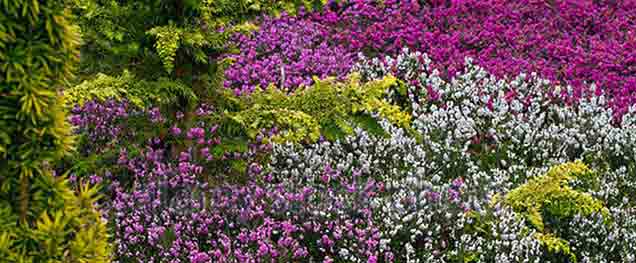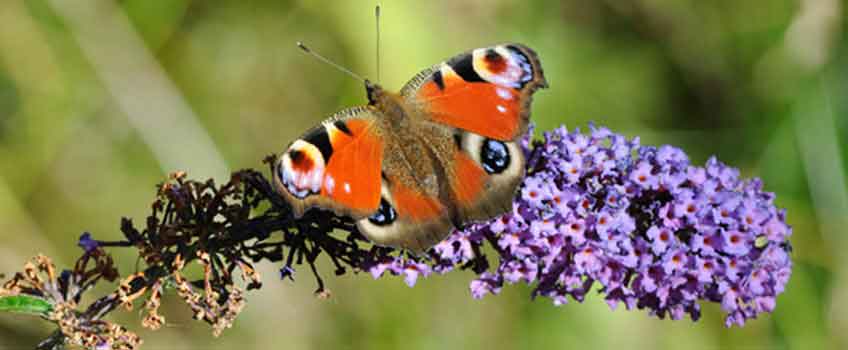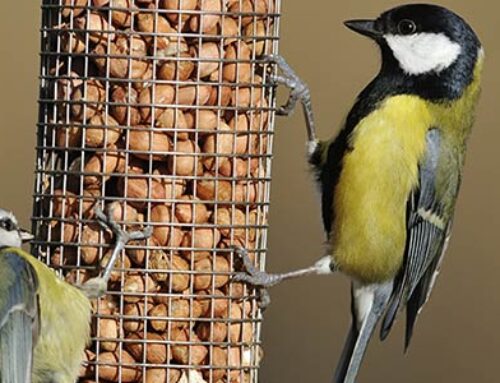As the winter draws to an end, the milder weather is just around the corner, along with our awakening wildlife. They will be looking for early season food sources as a form of a New Year breakfast. In the south of England we are now experiencing early sightings of the White-Tailed Bumble Bee as it seems to be over-wintering in our milder climate. Early flowering plants like native Primroses, Viburnums and Pulmonaria are perfect for an early feed up.

Spring flowering Heathers are another vital source of nectar. Often referred to as the Honey Bee plant, they are an excellent addition to the garden for attracting another species that is struggling here in the UK. Honey Bees are responsible for around 80% of pollination in the UK and need all the help they can get in the early months of the year.

Although you may not feel as though your garden is big enough to create a wildlife haven, if you combine all the back gardens in your neighbourhood then we really start to build up a landscape that can help support our native wildlife species. All we have to do is plant some of the appropriate wildlife plants in our gardens and together we can all help. Somebody once said ‘A lot of crumbs make a cake’.


Here are a few useful hints and tips to help you have success in your garden:
There are many trees, shrubs and perennial plants that are perfect for pollinators at this time of year. Here are a few of our favourites:
If you have any questions about this, then please feel free to pop in and we will be more than happy to show you what you can plant in your garden at this time of year to help support our wildlife.



